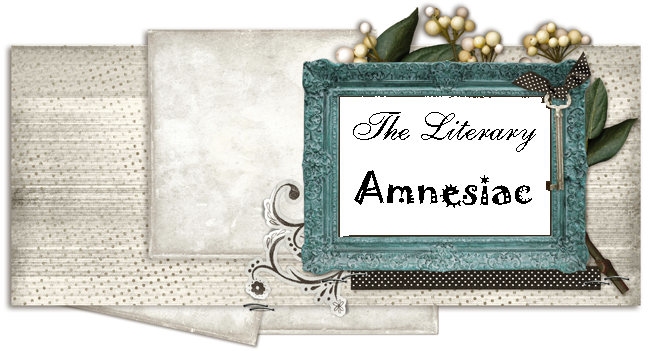I'd actually seen this book somewhere in the weeks leading up to Christmas (maybe at Target?), picked it up and gave it a look, then put it back down, I guess mostly because I don't eat many Big Macs anyway. But of course if my child gives me a book as a gift, I'm going to read it.
Unfortunately I'm going to have to hope that my children don't read this blog, because (while wine is for me, and food is for me) this book was not for me. It's cute, and it's funny, and I love the drawings and photos, but ultimately I had to force my way through it, fighting boredom and feelings of pointlessness. In fact, I ended up skipping over most of the descriptions of pairings (though I at least read the title of each one) because, after the first few, they felt a bit meaningless. They struck me the same way as the back labels of wine bottles: sometimes it seems like the writer just made up a bunch of crap. Crap that sounds amazing, of course! But crap nonetheless.
The first portion of the book is educational, which would be helpful except that for me it did not stick. It's all about levels of acid, sugar, tannins and alcohol, and how these affect the flavor (and other characteristics) of a wine; different wine-growing climates; how to describe the way a wine tastes; and different types of wine. It's obvious that Vanessa Price knows her stuff. But (despite the light-hearted tone and humor) I found it dull reading, and even after reading it, *I* don't know her stuff.
Then we get to the pairings (which are myriad, and which is where the pointlessness comes in). I'm sure the majority of the food suggested is meant to be accessible for Everyman, but so much of it is crap! I'm not about to eat Marshmallow Peeps or Honey Nut Cheerios just so I can see how great they taste with the wines they're paired with. Not to mention the fact that most of the wine in this book would be impossible for me to find. (And why would I bother trying to find it if I don't want to eat the food it's paired with?)
I did read all of the "Winesplaining" and other brief articles interspersed throughout the book, which was fun and informative but mostly served to belie the purported accessibility of these pairings. I mean, really, I think the cover and title of this book are misleading. They make you think it's going to be down-to-earth, but it's not. It's hoity-toity and out of my wine league. But it was fun to read about how the "other half" lives! One example of this, which is probably the one part of the book that will stick in my mind, is from Chapter 15 ("Expense-Account Prep Course: For Ladies Who Power Lunch," which obviously is not for Everyman): a dessert called the Arctic Bird's Nest that is served at Aquavit in New York City. I'd like to try that someday. And if I ever have the chance to do so, maybe I can pair it with a Cypriot Commandaria (like Keo St John, which is fortified, or Tsiakkas, which is not).
I must admit that Sam and I are in a wine rut. We each have a favorite chardonnay, and we share a favorite red and a go-to champagne (ah, excuse me, actually prosecco), so this book temporarily gave me a slight impulse to be a little bit more adventurous, like I was in my wine blogging days. But what was I doing in those days if not looking for my favorite wines? And now that I've found them, why would I start looking again? Besides, I never could decide which wines I liked best unless I tasted several together, and I never could remember what I thought of each without writing it down, but also I never could really put wine descriptions in writing--I was just making crap up like the people who write the back labels for wine bottles.
 |
| Vanessa knows why Sam and I drink champagne every Friday |









3 comments:
I didn't want to actually put this *in* my post because I felt like I'd harshed on the book enough already. But I can't NOT mention that, on page 33, the word "comprised" is used wrong (with the same syntax as "composed"--a common error, possibly forgivable: the book says "Those odors are comprised of..."--this should either be "Those odors are composed of", or "Those odors comprise") but then--on the same page! and less forgivable, I think--"illicit" is used instead of "elicit"...
So it's supposed to be a book on wine pairings? The title does make it look like it will be a layman's resource. I literally bought Wine for Dummies a decade ago and it's the best book. I don't like to let anyone see that I am reading it but it gives you all the info without calling you stupid or making you feel like a wannabe sommelier.
Yep, wine pairings with all sorts of random foods and snacks.
I have never looked into Wine for Dummies but you make it sound tempting (and more worthwhile than this book)!
Post a Comment